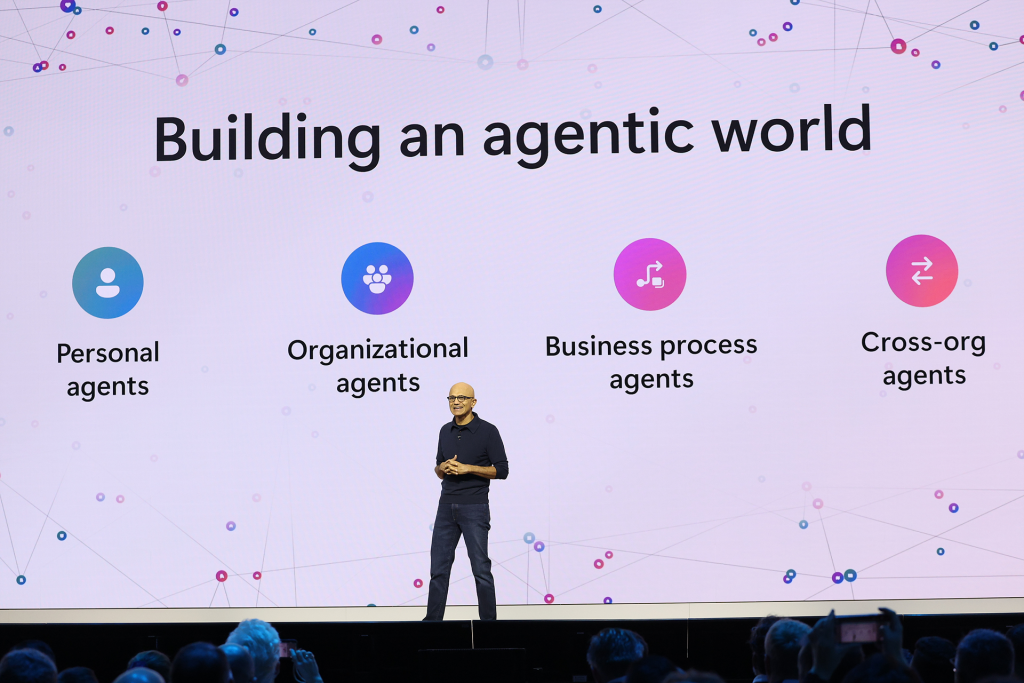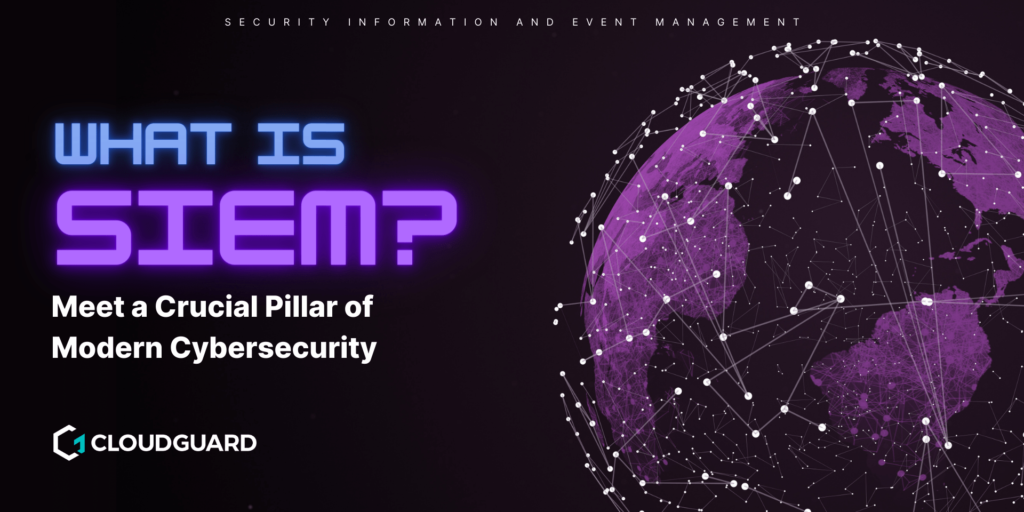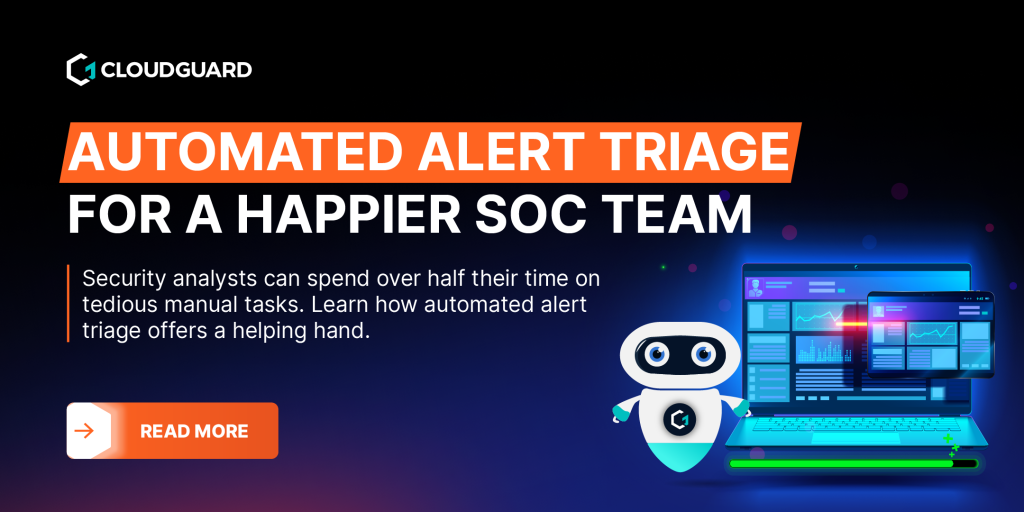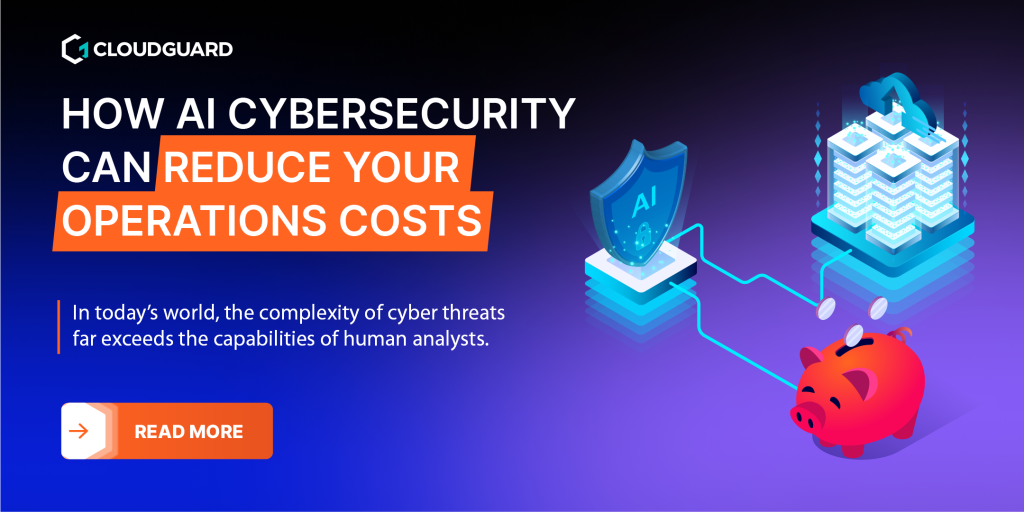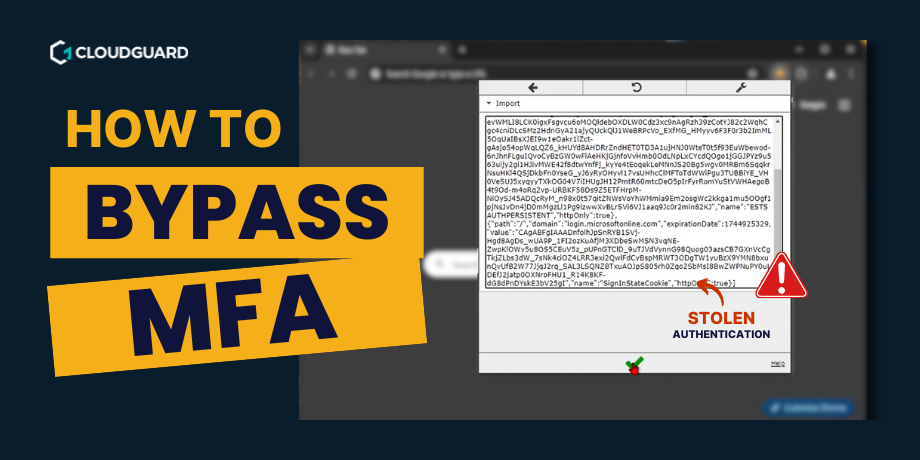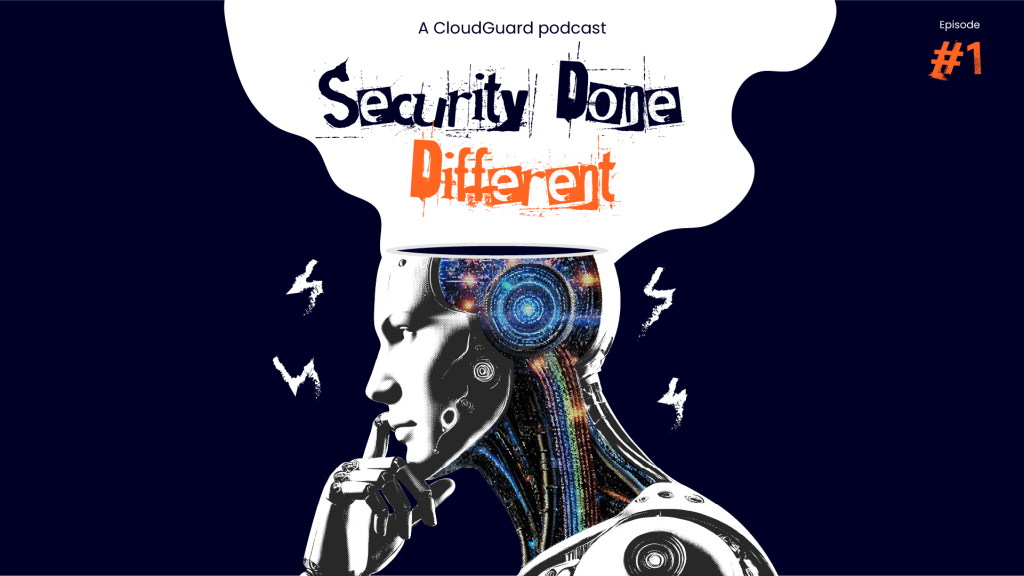Cybersecurity breaches have become increasingly common, causing significant financial losses and damage to many companies’ reputation. You’re not only up against the relentless cyber attackers but also a new challenge: the cybersecurity skills shortage. Here, we’ll explore the challenges and risks associated with the skills gap. We’ll then discuss the pros and cons of 5 solutions that can help you overcome these risks.
The challenges and risks of the cybersecurity skills gap
Let’s dive into the key challenges and risks associated with the cybersecurity skills shortage that you need to navigate. As cyber threats continue to evolve and become more sophisticated, the scarcity of skilled cybersecurity professionals exacerbates your vulnerabilities. You must understand the implications this shortage has for your business as you strive to protect yourself from malicious actors.
Increasingly sophisticated cyber threats
Attackers continually develop new techniques and exploit vulnerabilities to gain unauthorised access to your sensitive data or disrupt your operations. With a shortage of skilled cybersecurity professionals, keeping up with these threats becomes even more difficult.
In 2022, The International Information System Security Certification Consortium, or (ISC)², highlighted that the UK cybersecurity workface gap is now close to 57,000 people – and an staggering 3.4 million people globally. 95% of businesses surveyed also stated that this shortage posed at least a moderate risk to their business, with 24% saying that is posed an extreme risk.

Lack of skilled professionals
The demand for cybersecurity experts far exceeds the available talent pool. This shortage of qualified individuals with the necessary expertise and experience poses a significant hurdle for your business. It leads to fierce competition for top cybersecurity talent and makes recruitment and retention challenging.
Sue Poremba of Cybersecurity Dive highlights that the problem could only get worse as fewer young people are joining the cyber job market and its harder for educational establishments to keep pace with the ever-changing world of cyber.
High recruitment and retention costs
Hiring cybersecurity professionals can be a costly process for your business. The scarcity of skilled individuals drives up salaries and recruitment costs, especially for highly specialised roles. Retaining cybersecurity talent can be challenging too, as professionals often receive enticing offers from competitors or head-hunters.
Joseph Zhou, a senior director of information security, writes this on the supply-demand gap, “demand is so high that experienced cybersecurity talent can ask for astronomical salaries from gigantic players, pricing the majority of companies out of the talent competition.”
In the (ISC)2 study, cybersecurity professionals stated that the top 3 reasons they left a role for another company were finding somewhere with a higher paid position (31%), somewhere with a better title/promotion (31%), or finding somewhere with better career advancement prospects (30%).
Inadequate security operations
Without enough skilled professionals, you may struggle to establish robust security measures, conduct proactive threat hunting, and efficiently respond to incidents. This leaves you vulnerable to attacks, with longer detection and response times.
This report by Security Magazine highlights that 68% of organisations face cyber risks due to skills shortage, and that 56% were struggling to fill the gaps needed to bolster their defences. The below chart from the (ISC)2 study also highlights the key areas businesses feel the skills shortage impacts them the most.
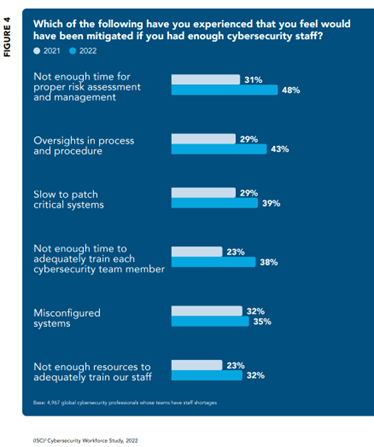
Beating the Cybersecurity Skills Shortage: 5 Achievable Solutions
Now that we’ve explored the challenges and risks, let’s move on to the solutions that can help you beat the cybersecurity skills shortage.
1: Invest in training and development
By investing in training and development programs, you can enhance the knowledge and skills of your internal staff, close the skills gap and boost employee morale and retention rates.
Consider encouraging your employees to pursue certifications such as Certified Information Systems Security Professional (CISSP), Certified Ethical Hacker (CEH), or CompTIA Security+ to build a stronger cybersecurity workforce within your business. 64% of businesses think this is one way to prevent the skills shortage, along with more flexible working opportunities and hiring more staff.
Be aware that this option requires significant time and investment that will not provide immediate results. Additionally, you cannot guarantee your employees will gain the right practical skills and experience for real-world scenarios.
2: Collaboration and partnerships
Another effective approach is forging collaborations and partnerships. By partnering with educational institutions, industry organisations, and cybersecurity service providers, you can establish internship programs, cooperative education initiatives, or apprenticeship opportunities.
These partnerships can help cultivate a pipeline of skilled cybersecurity graduates ready to enter the workforce. Engaging with industry organisations and participating in cybersecurity conferences, workshops, and networking events can also provide access to a wider talent pool and facilitate knowledge sharing among professionals.
However, building and maintaining these partnerships can be challenging, requiring ongoing effort and resources. Moreover, relying solely on external sources for talent acquisition may limit your ability to have full control over the skillset and expertise of your cybersecurity team.
3: Automation and AI-driven solutions
Using automation and AI-driven solutions is crucial in bridging the skills gap. Deploying advanced threat detection and response systems, powered by AI, can augment your existing cybersecurity teams. Automation can assist in automating routine security operations, such as log analysis, threat correlation, and vulnerability scanning. This allows your cybersecurity professionals to focus on more complex and strategic initiatives, making the most of their expertise.
This solution is not a complete substitute for skilled professionals. Over-reliance on automation may lead to complacency and a false sense of security especially if you’re not continually improving and adapting as new threats emerge. Additionally, implementing and managing this tech on your own can be complex and may require expert knowledge your business does not have.
57% of businesses are looking to automate aspects of the cybersecurity process, but the skills shortage is making it difficult for them to achieve this.
4: Outsourcing and co-managed security services
Considering outsourcing or co-managed security services is another viable option. By partnering with trusted managed security service providers (MSSPs) or cybersecurity consulting firms, you gain access to a dedicated team of cybersecurity experts who specialise in threat detection, incident response, and security operations. This way, you can tap into a broader pool of expertise, leverage advanced tools and technologies, and ensure round-the-clock coverage.
Co-managed security services offer a hybrid model where your internal security team collaborates with the external provider. This allows you to retain control and visibility over your security operations while benefiting from the expertise and resources of the MSSP. Co-managed services provide additional support during peak periods, specialised incident response capabilities, and knowledge transfer to your internal team.
Entrusting the security of your business to external providers may raise concerns about data privacy, control, and the alignment of their practices with your specific needs and objectives. Bear this in mind when speaking with potential service providers.
Mary Pratt of TechTarget provides a balanced overview of this solution, including pros such as:
- Lower/fixed-cost models
- Reliability and sustainability
- Continuity and certainty
- Quicker path to maturity
- Access to a more experienced team and cybersecurity professionals
It also weighs in with some cons such as an MSSP potentially not understanding your business. To help with this, they also recommend 4 best practices to follow when looking to outsource your cybersecurity operations.
What’s the 5th way to beat the cybersecurity skills shortage?
Addressing the cybersecurity skills shortage requires a multi-faceted approach. By investing in training and development, nurturing collaborations, leveraging in-house automation and AI-driven solutions, and outsourcing, you can bridge the skills gap and strengthen your cybersecurity capabilities.
The downside? It can take an awful lot of work and investment to get off the ground. There is a fifth solution that solves your cybersecurity skills shortage gap and improves your security posture quickly, whilst also freeing up your time to focus on growing your business.
5. Introduce Managed Extended Detection and Response (MXDR) services to the beat the cybersecurity skills gap
While the first four solutions are valuable, a comprehensive solution that addresses the cybersecurity skills shortage is MXDR.
MXDR combines the benefits of Managed Detection and Response (MDR) services with extended capabilities, leveraging advanced technologies such as artificial intelligence (AI) and automation to enhance threat detection, response, and remediation processes.
What are the advantages of MXDR as a cybersecurity service?
The Too Long Didn’t Read Version (TLDR) version:
- Advanced threat detection thanks to AI monitoring
- Rapid incident response thanks to automation
- Proactive threat hunting with integrated threat intelligence
- Access to expert cybersecurity professionals
For those of you that like the detail, keep reading.
Advanced threat detection
One of the key advantages of MXDR services is advanced threat detection. By employing cutting-edge technologies and techniques, MXDR solutions can detect and respond to threats in real-time. Through continuous monitoring, AI-driven analytics, and machine learning algorithms, MXDR can quickly spot malicious activities and potential breaches. This provides your security teams with timely alerts, enabling them to take immediate action and minimise the impact of cyber-attacks.
Rapid incident response
MXDR services also excel in rapid incident response. Leveraging automation, MXDR solutions can analyse and triage alerts, reducing response times significantly. This automation streamlines incident handling processes, enabling your security teams to efficiently investigate, contain, and mitigate threats. By accelerating incident response, MXDR helps to mitigate potential damages and protect your critical assets.
Proactive threat hunting
Proactive threat hunting is another key feature of MXDR services. Through the integration of AI and threat intelligence, MXDR solutions actively search for hidden threats and vulnerabilities within your systems. This proactive approach allows your security teams to stay one step ahead of potential attackers by identifying and addressing security gaps before they can be exploited. By leveraging the power of AI and threat intelligence, MXDR empowers your business to take proactive measures to strengthen your security posture and minimise the likelihood of successful cyber-attacks.
Access to cybersecurity professionals
In addition to the above, MXDR services provide access to a team of expert cybersecurity professionals. These professionals possess in-depth knowledge and experience in handling complex threats and security incidents. With MXDR, you gain the expertise and support of dedicated cybersecurity experts who can complement your internal security team. This collaboration enhances your business’ security capabilities, as you can leverage the specialised skills of these professionals to strengthen your defences and respond effectively to evolving threats.
Is MXDR right for your business?
While MXDR services offer comprehensive cybersecurity capabilities, they may not be suitable for every business. Implementing MXDR requires careful evaluation and consideration of your specific requirements, budget, and existing infrastructure. It is important to assess whether MXDR aligns with your business’ risk tolerance and overall security strategy. Additionally, transitioning to MXDR may involve a learning curve for your internal team, requiring time and resources to adapt to the new approach.
Considering some of the points above around automation and outsourcing, you need to make sure you’re asking the right questions of your potential MXDR provider. Namely:
- How do they ensure their AI and automation models evolve with threats?
- Where do they store your data?
- How steps do they take to understand your business?
- What flexibility and scalability do they have to match your business’ changing requirements?
- Do they have any performance metrics to demonstrate ROI?
How MXDR solves the cybersecurity skills gap
By adopting MXDR services, you can benefit from a complete and proactive cybersecurity approach. The combination of advanced threat detection, rapid incident response, proactive threat hunting, and access to expert security professionals provides a robust defence against the ever-evolving cyber threat landscape.
MXDR services offer a powerful solution to beat the challenges posed by the cybersecurity skills shortage. By harnessing the capabilities of AI, automation, and security experts, MXDR allows your business to bridge the skills gap and strengthen your security posture. You can detect and respond to threats in real-time, proactively hunt for hidden threats, and benefit from the expertise of a dedicated cybersecurity team. Embrace MXDR as your ultimate solution and protect your business from evolving cyber threats with confidence.
The final word on the cybersecurity skills shortage
As you navigate the ever-growing threat landscape, the cybersecurity skills gap poses a significant challenge. The scarcity of skilled professionals amplifies your vulnerability to increasingly sophisticated cyber threats. It also hinders your ability to establish robust security measures. However, there are solutions available to bridge the skills gap and strengthen your cybersecurity capabilities.
Hopefully, this will help you make an informed decision on the best solution to address the cybersecurity skills shortage. It is crucial to consider the pros and cons of each solution, tailoring them to your business’ unique requirements.
The solutions in this article each have their own advantages. Ultimately, the route you choose will depend on you and your business. In our opinion, MXDR is the ultimate solution to protect your business with confidence. By harnessing the capabilities of AI, automation, and expert security professionals, MXDR helps you to limit the impact of the cybersecurity skills gap, strengthen your security posture, and protect your valuable assets. With MXDR, you can face the future of cybersecurity with resilience and peace of mind.





